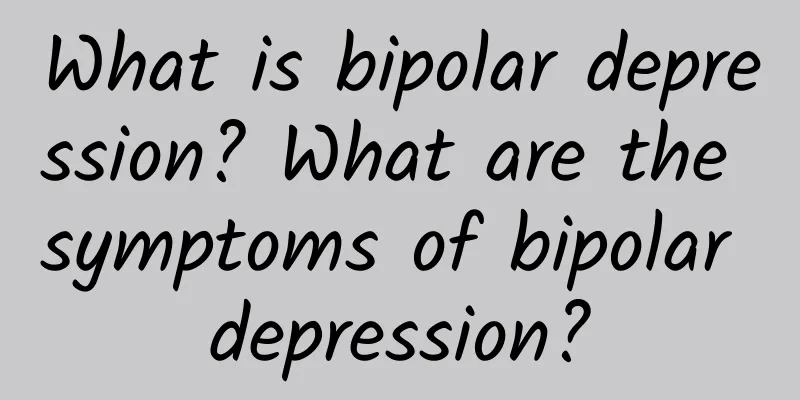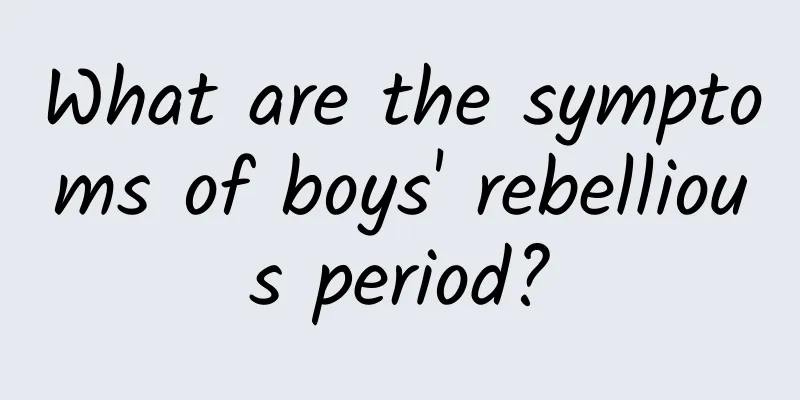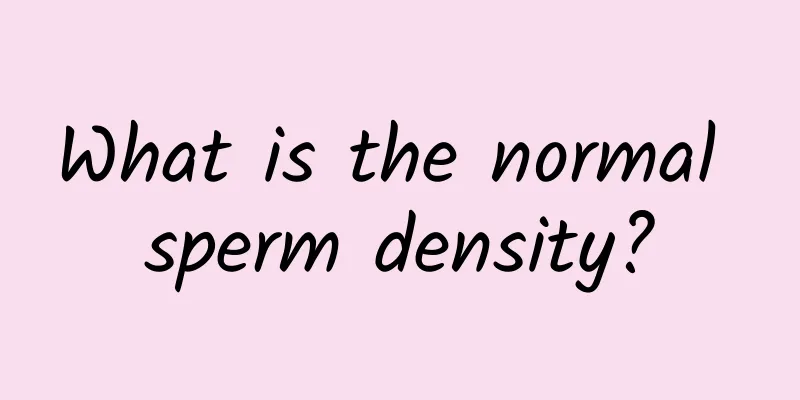What is bipolar depression? What are the symptoms of bipolar depression?

|
Depression is a mental emotional disorder, which is divided into two categories: one is unipolar, called "depression". The symptoms are depressed mood. The other is called "bipolar", which is not only depressed, but also accompanied by excessive emotional excitement, and the patient cannot control himself. So, what are the symptoms of bipolar depression? Manic-depressive disorder is also called affective disorder The main symptom is abnormal emotion. Manic-depressive disorder is often accompanied by behavioral and thinking disorders. The characteristics of its emotional changes are excessive emotional highs or excessive lows. Its thinking and behavior change accordingly and are coordinated with the surrounding environment, which is easy to be understood by people; therefore, it is often easy to infect others, that is, people around are often easily moved by the patient's emotions and behaviors. During the onset of the disease, when the emotions are high, it is called mania, and when the emotions are low, it is called depression. This type of patient can have repeated attacks many times in his life, and the period between two attacks is called the interval. At this time, the patient's mental state has completely returned to normal. The form of its repeated attacks can be mania every time, or depression every time, or there can be irregular alternation of the two forms of mania and depression. Most of these patients have repeated attacks many times, and a few have only one attack in their lifetime. Some patients may have more than 10 attacks from young to old, but despite multiple attacks, their mental state rarely deteriorates after the illness. Most patients are in a depression phase longer than an excitement phase Most people with bipolar depression spend more time in depression than in euphoria. The mood of a person with bipolar depression does not follow a certain pattern between the two extremes, and a manic episode is not necessarily followed by a depressive episode. It is also possible to experience multiple depressions before experiencing manic symptoms. Mood changes may be completed within a few weeks, months, or even years. Bipolar depression often occurs in young people This disease usually starts in young people. Among common mental illnesses, its incidence is lower than that of schizophrenia. The course of each illness is generally 2 to 6 months. During the illness, it not only affects the patient's labor force but also brings a burden to the spirit and life of his relatives. It is often possible that the course of each illness will be longer with age. When encountering the elderly and weak, it is often easy to prolong into a chronic disease. For example, we met a male ironing worker who had 19 attacks from the first attack at the age of 19 to 60 years old. On average, he was ill once every two years, and each attack lasted about 3 months to half a year. Each attack was manic, and only once was an atypical mild depression. He worked very well during the intervals and was often rated as an advanced worker in the factory. Later, we found that he had been suffering from chronic disease since he turned 60 due to old age and frailty, and there was no relief for many years. The cause of the disease is still unknown, so timely diagnosis, treatment and prevention should be emphasized. Introduction to the classification of bipolar depression Bipolar I: Alternating episodes of full-blown mania and severe depression • Often presents with depression, with at least one manic or euphoric phase during the course of the illness; • Depressive episodes may occur immediately before or after manic episodes, or they may be separated by months or years. Bipolar II: Alternating episodes of depression and hypomania • Hypomanic phase: The patient's mood is bright, the need for sleep decreases, and psychomotor activity exceeds the patient's usual level; the transition is often affected by diurnal rhythm factors and may recur seasonally. Sleepiness and excessive eating are typical manifestations; • Insomnia and loss of appetite may occur during the depression stage; • Hypomania is adaptive for some patients because they feel energetic, confident, and able to function beyond their normal social capacity. Many patients experience a mood swing at the end of a depressive episode (spending spree, impulsive sexual activity, and stimulant abuse). Bipolar III: Severe depressive episodes and a family history of bipolar disorder • Often show mild hypomanic tendencies; • This trait is called hyperthymic (i.e., intense, ambitious, and money-seeking). |
<<: Manifestations and common symptoms of major depression
>>: How should we treat patients with depression?
Recommend
Male penis enlargement formula
Since many people believe that the size and lengt...
There is a circle of small fleshy particles in the coronal groove of the glans
The glans penis is the top of the male reproducti...
You can tell whether a man’s kidney is healthy by looking at it!
The organ that men value most is the kidney. A ba...
Teach you to self-diagnose whether your tinnitus is caused by kidney deficiency
There are many reasons for tinnitus. Sometimes ti...
How to use and contraindications of Shenlu Kidney-tonifying Tablets
Kidney nourishment is a man's lifelong career...
Does blisters on the penis have a sterilizing effect?
For men, private hygiene is very important. You c...
What is the best food to nourish the kidneys in autumn? Diet therapy to nourish the kidneys.
Walnut kernels"text-align: left;">Aut...
What is the reason for a man's cold stomach?
Men's lower abdominal pain may be caused by s...
How to improve sperm survival rate
Many male friends want to improve the quality of ...
What to do if the penis becomes soft as soon as you put on a condom
Many people have many problems with sex life. Wha...
What are the treatments for prostatitis?
Prostatitis is a common disease in life. It is ma...
What's the best way for boys to wash their faces?
Compared to male friends, female friends use a lo...
What to do if you have a neck cramp? How to relieve neck cramps
Many people have experienced cramps. The sudden p...
How to treat men's yin deficiency and excessive fire
Yin deficiency and excessive fire is the name of ...
What should patients with prostatitis eat?
In fact, prostatitis is generally a disease that ...









